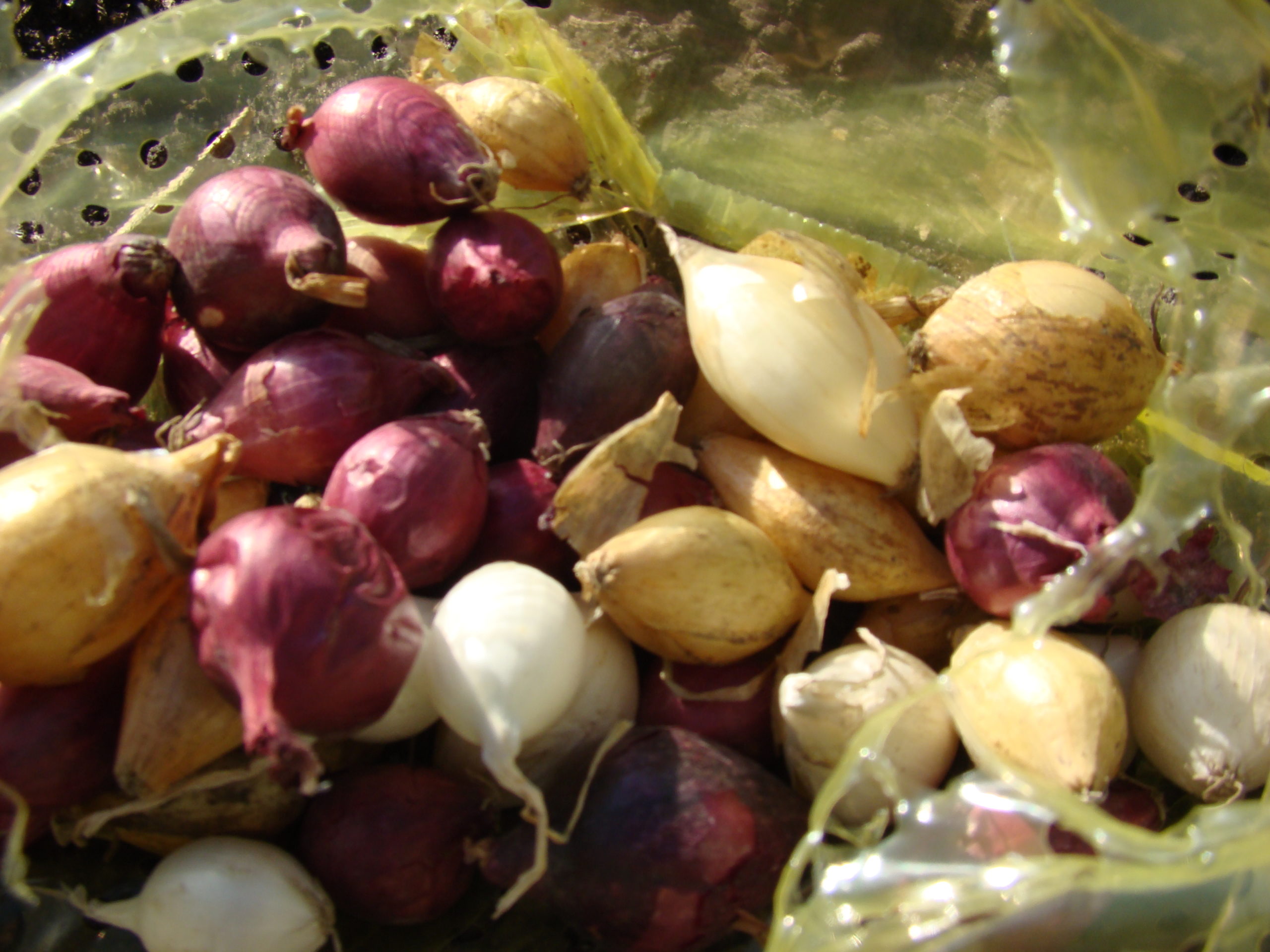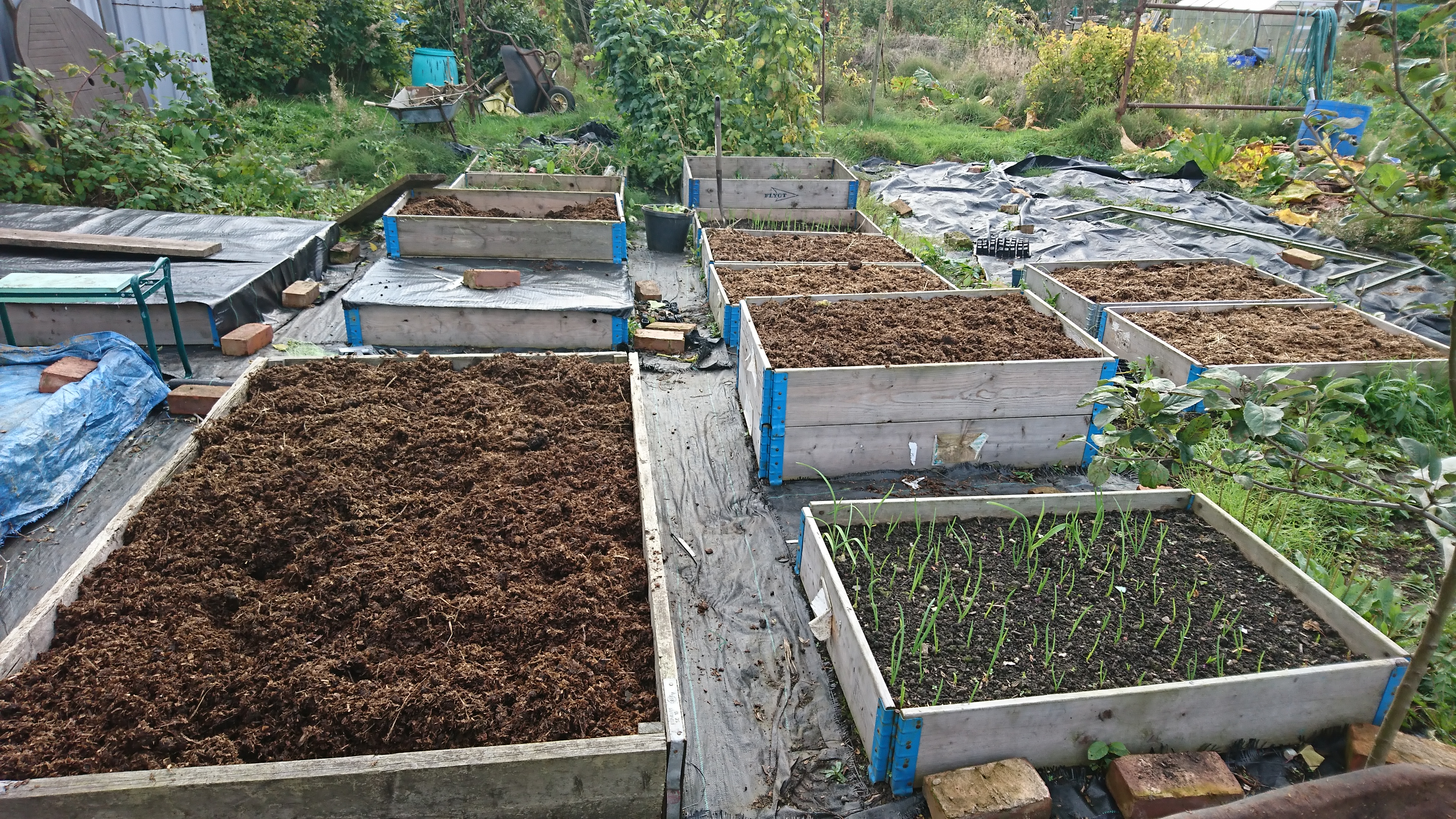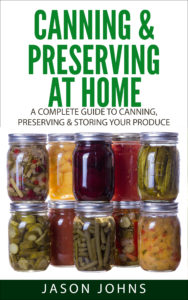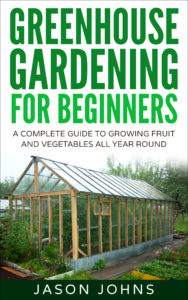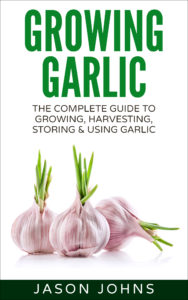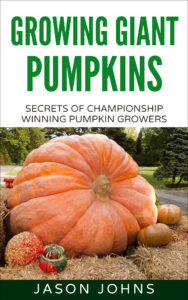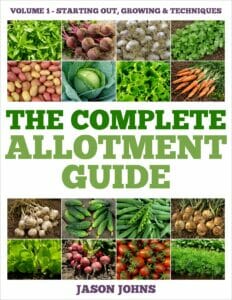June – What To Do In The Vegetable Garden
June is all hands to the pump as it is one of the busiest months in the vegetable garden. The risk of frost has passed now for almost everyone, so all those tender plants you have been carefully looking after can be planted out. Many of the crops you have nurtured through the colder weather will now be ripening and ready to harvest, and let’s not forget the weeds will be enjoying the warmer weather and your efforts watering/feeding your plants.
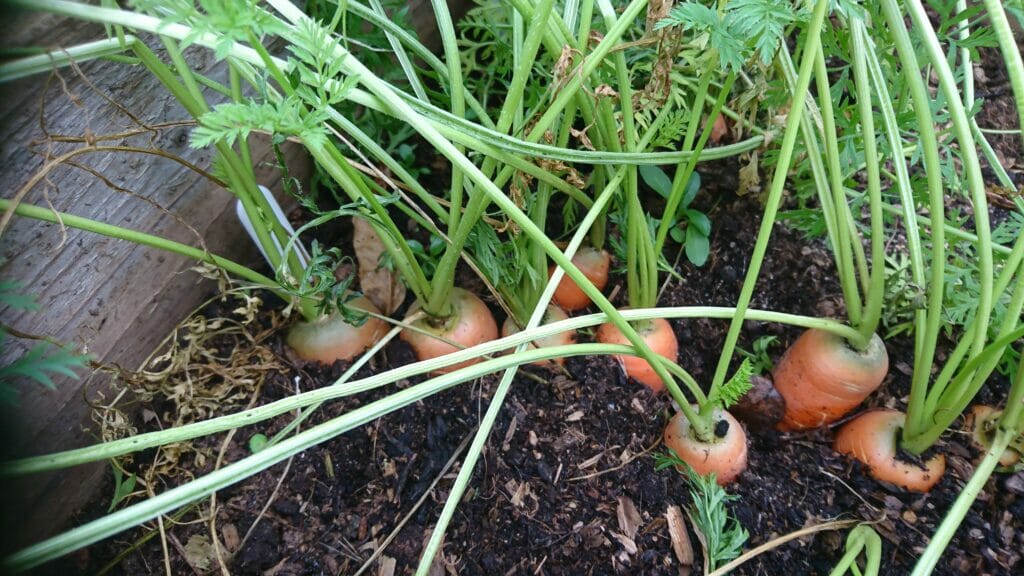
What To Harvest
This is a good month to harvest fruit and vegetables, so make sure you have plenty of room in your fridge and freezer for everything. You may be busy cooking with a lot of what you harvest as it truly is a glorious month at the allotment.
- Asparagus – keep harvesting your asparagus shoots. Traditionally, harvesting was stopped on the longest day, 21st June, but most people will continue to harvest into July while the plant is still producing spears.
- Beetroot – pick when they are about the size of golf balls as they are tender and tasty. Once they grow too large, they become woody and hard to eat. The leaves can be eaten raw in salads or added to stir-fries.
- Broad Beans – autumn sown broad beans will be ready to harvest this month, as will those started earlier in the year under cover. Pick while the beans are still small as they have the sweetest flavour. These beans can be blanched and frozen for longer term storage.
- Broccoli – summer sprouting broccoli and calabrese should be ready to harvest from this month. Cut while the buds are tight and the heads firm. Check your broccoli regularly as they can quickly become too ripe.
- Carrots – early carrots, sown in March or April, should be ready to pull this month. The small, baby carrots are great in salads or stir-fries.
- Cauliflowers – early summer cauliflowers, planted in March, should be ready to harvest now. Harvest when the heads are firm and before the bolt. Check them regularly as they can very quickly turn. Cauliflower can be blanched and frozen for long term storage.
- Cherries – if you have netted your cherries to protect them from the birds, some may be ready towards the end of the month.
- Florence Fennel – this is the first month to harvest fennel. The smaller bulbs are great in salads whereas the larger bulbs are better cooked.
- Globe Artichokes – the young, tightly budded globes are delicious cooked and eaten whole. Larger globes are best steamed or boiled and then picked apart for the heart.
- Gooseberries – thin the crop again by picking alternate fruits. These may not be ripe enough to eat raw, but certainly can be cooked.
- Garlic – the leaves will start to yellow and wilt when your garlic is ready. Traditionally, it is harvested on the longest day, but pick when you are happy it is ready. Dry thoroughly with the leaves on before storing.
- Kohl Rabi – these should be ready to harvest this month. If you are eating them raw, pick them when they are the size of a golf ball.
- Lettuces – Little Gem type lettuces sown in March or April will be ready to harvest. Other cut-and-come-again crops can still be regularly harvested which encourages new growth.
- Onions – overwintered onions will be ready to harvest this month. Dry them thoroughly with the leaves on before storing.
- Peas – pick the peas when they are young and sweet. Eat as soon as you can after picking before the sugars turn to starch. Peas can be blanched and frozen.
- Potatoes – new potatoes will be ready to harvest this month. Dry these out in the sun before storing in hessian sacks or paper bags. Do not wash potatoes that you plan to store, just rub the dirt off when they have dried.
- Radishes – those sown in April or May should be ready to harvest this month. Do not allow them to grow too large otherwise they become woody and difficult to eat.
- Rhubarb – continue harvesting your rhubarb, making sure you do not take too much from a single plant. The harvest can continue for a month or two.
- Spinach – pick spinach leaves as a cut-and-come-again crop. Keep them well watered and shade them from the hottest weather if you can. Spinach has a tendency to bolt once the temperature rises and they get too dry.
- Spring Onions – crops sown in the spring should be ready to harvest this month.
- Strawberries – you know summer is here when the strawberries are ready. Check the plants daily for ripe strawberries and keep them netted to prevent birds from damaging your crop.
- Swiss Chard – harvest regularly and, like spinach, keep it well watered to prevent it from bolting. Harvest as a cut-and-come-again crop. Young leaves can be eaten raw whereas older leaves need to cooked.
- Turnips – many modern varieties are ready to harvest after just five or six weeks after sowing. Harvest when they are the size of golf balls when they have a sweet and nutty taste. When they grow too big, they become woody and tough to eat.
Vegetable Garden Jobs
The vegetable garden is very busy this month. There is a lot to do, not least of which is keeping on top of the weeds. The hoe is your friend this month. Knock the heads of the weeds and leave them in the sun to dry and rot, providing nutrients back into the soil. Regularly hoeing your soil will keep the weeding manageable. There is still lots to plant this month.
- Asparagus – feed your asparagus with a general purpose fertiliser when you have finished harvesting the spears. Leave the plants to grow and don’t cut them down until the autumn when they have turned brown.
- Aubergines – plant these outdoors now, if you are going to, so they have as much time as possible to fruit.
- Beetroot – keep sowing seeds this month for harves in September and October.
- Broccoli – late sprouting broccoli seeds can be planted now for an autumn or spring harvest. Calabrese can also be sown direct this month.
- Brussels Sprouts – plant these out, firming them down into the ground well so they don’t suffer from wind rock. Stake these plants if you are in an exposed or windy area. Net the plants to protect them from butterflies and birds.
- Carrots – this is the last month to sow maincrop carrots that will be ready in September or October.
- Cabbages – plant these out, but use cabbage collars to deter cabbage root fly. Net them immediately to protect them from cabbage white butterflies and birds.
- Cauliflower – spring sown seedlings can be planted out. Again, net these plants to protect them.
- Celeriac – this is the last month you can plant out celeriac. It is a slow growing plant and needs plenty of time to mature.
- Celery – plant out into a rich, fertile soil. Self-blanching varieties need to be planted in closely spaced blocks otherwise plant in celery trenches.
- Chicory – plant out seedlings this month, being very careful not to disturb the roots.
- Chillies / Bell Peppers – young plants can be transplanted outdoors this month, but may benefit from being covered if the weather is cool.
- Cucumbers – sow directly or plant out those grown earlier.
- Endive – this can be sown directly for harvesting in autumn to early winter. Note that in hot weather, germination can be tricky.
- Florence Fennel – traditionally, this is sown after 21st June as the plants are less likely to bolt, though modern cultivars are a bit more forgiving. Sowing now will produce a crop in early autumn.
- French Beans – sow a second crop of French beans this month. Seedlings can be planted out.
- Herbs – most herbs can still be sown this month for a late summer or early autumn harvest.
- Kale – sow more kale in seed trays for planting out next month. Transplant out seedlings when they are 4″/10cm tall, disturbing the roots as little as possible.
- Kohl Rabi – continue sowing more seeds this month, thinning out rows where required. These are best netted to protect them from birds, but also watch for slugs which will damage the roots.
- Lettuces – sow direct, but note that they do not germinate well in high temperatures. According to folklore, lettuce should be planted towards the end of the day as the soil cools.
- Oriental Leaves – pak choi, mizuna and more can still be sown this month.
- Peas – this is probably the last month to sow snap peas, maincrop peas and mangetout. Towards the end of the month, plant early varieties that mature quicker.
- Pumpkins / Winter Squash – these will have been started off earlier in the year, but can be planted out this month. Prepare the planting area by digging in plenty of well-rotted manure or compost.
- Radishes – continue to sow radishes to ensure a constant crop.
- Runner Beans – this is the last month to sow runner beans which should continue to fruit until October or the first frosts. Seedlings started indoors can be planted out.
- Salad Leaves – continue to sow salad leaves such as rocket and so on to use as cut-and-come-again crops.
- Spring Onions – sow more seeds this month so you have a continuous supply through the autumn.
- Squashes – all squashes, including courgettes, marrows and pumpkins, can be planted out this month. All plenty of space, particularly for vining squashes like pumpkins. These are greedy plants and will need plenty of water and food.
- Swedes – thin out those sown last month and cover to protect from birds and root fly.
- Sweet Potatoes – this is the last month to plant out sweet potato slips. They need a rich soil that has been earthed up into ridges. Put plastic bottles with the big end cut off, cap end down, in the soil by each slip so you can water directly to the roots.
- Tomatoes – transplant any tomatoes you plan to grow outside. Remember to support vining tomatoes. As they grow, pinch off side shoots to prevent the plants growing out of control.
- Turnips – sow more this month for harvesting in August to September.
Fruit Tree/Bush Jobs
Some fruit will be starting to ripen, so there will be some to pick, but there are plenty of jobs to keep your plants healthy and growing well.
- Apples/Peas – towards the end of the month, your apple and pear trees will experience “June drop”, where they naturally thin out some of their crop. Check your trees and thin out excess fruit by hand. This allows the remaining fruit to grow to a good size and helps prevent branches breaking under the weight of the fruit.
- Berries – berries such as redcurrant and gooseberry will benefit from a pruning. Cut back the new lateral shoots to five leaves, unless you want them to develop into new branches next year.
- Blackberries – vining berries, such as blackberries, need the new canes tying in to supports. These will produce fruit next year while the canes that have produced fruit this year will be cut down in the autumn.
- Cape Gooseberries – the young plants can be planted out this month. Choose a sunny, but sheltered spot for them.
- Figs – the trees need the tips of new shoots pinching out so they only have five leaves left.
- Grapes – vines need side shoots pruned and thin the fruit.
- Melons – in warmer areas, these can be planted outside, otherwise raise them under cover. They need a rich, fertile soil in a sheltered position in full sun.
- Peaches, Nectarines and Apricots – these also need thinning to about 6-8″/15-20cm between fruit on peach and nectarine trees. Apricots need to be 3″/7.5cm apart. On wire trained trees, tie in new shoots.
- Plums, Gages and Damsons – these can all be thinned, both at the start of the month and then end. At the start of the month, thin to 1″/2.5cm between fruit and at the end of the month, increase the gap to 3″/7.5cm.
- Raspberries – keep removing raspberry suckers from around your plants and compost them.
- Strawberries – new runners can be planted this month and they should produce fruit in a couple of months. If you are keeping any strawberry runners, pot them up for some new plants.
General Jobs
There is a lot of jobs to do in the vegetable garden this month. Weeding and watering is going to take a lot of your time. Spreading a mulch around your plants will help prevent water from evaporating, feed the plants and keep the weeds down. However, there is lots of other jobs to do as well.
- Netting – net plants such as peas, brassicas and soft fruit to protect them from birds and butterflies.
- Peas / Beans – when you have finished harvesting peas and broad beans, cut the plants down just above soil level and compost the greenery. Leave the roots in place as they will release nitrogen into the soil.
- Potatoes – keep earthing up your potatoes to keep the tubers out of the light.
- Supports – build supports for your climbing beans, making sure they can support the weight of the fully grown plants.
Greenhouse and Polytunnel Jobs
The greenhouse will be bursting to life this month, but you need to ensure nothing dries out in the hot weather.
- Feeding – feed your tomatoes, chillies, peppers and aubergines weekly with tomato food to ensure they produce a good crop.
- Humidity – if it is getting too dry in your greenhouse during the day, soak the floor (known as damping down) in the morning so that the water evaporates during the day. This also helps to keep the greenhouse slightly cooler. Leaving buckets of water in your greenhouse can also help.
- Shading – if the weather is getting too hot, install some greenhouse shading to protect delicate plants from too much sun.
- Tomatoes – pinch out sideshoots from your tomato plants so they can concentrate on growing tall and producing fruit. Otherwise, they end up producing lots of greenery and very few fruits. Tomatoes will need regular watering throughout summer which will help to prevent blossom end rot and split fruits.
- Ventilation – open vents, windows and doors to keep the air circulating and to prevent it getting too hot in your greenhouse.
- Watering – keep all your plants well-watered as they will dry out quickly in the warmer weather. Some plants will benefit from being watered twice a day. An irrigation system may make your life easier if you can install one.

